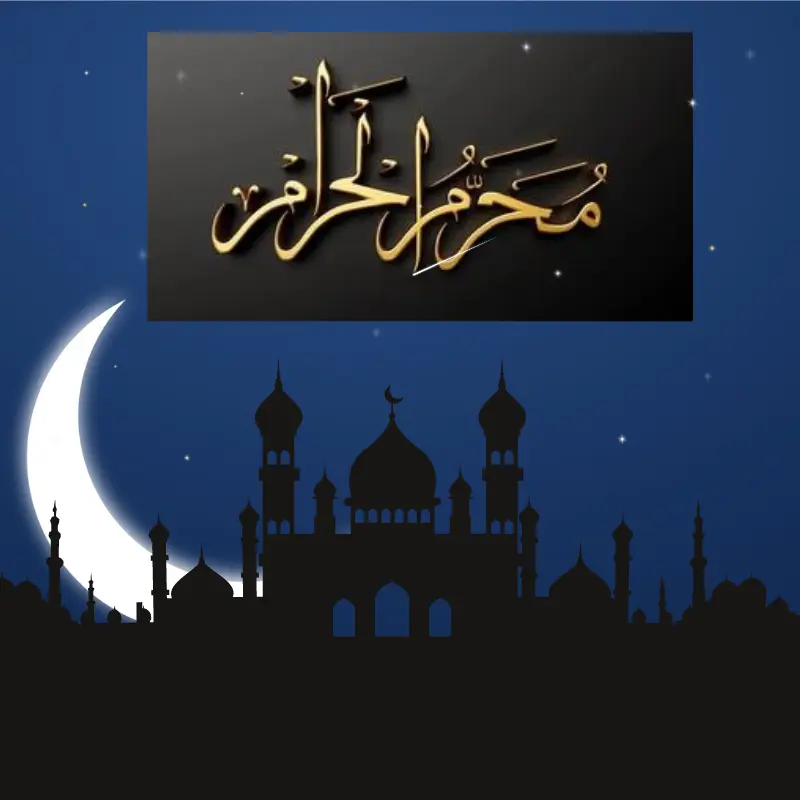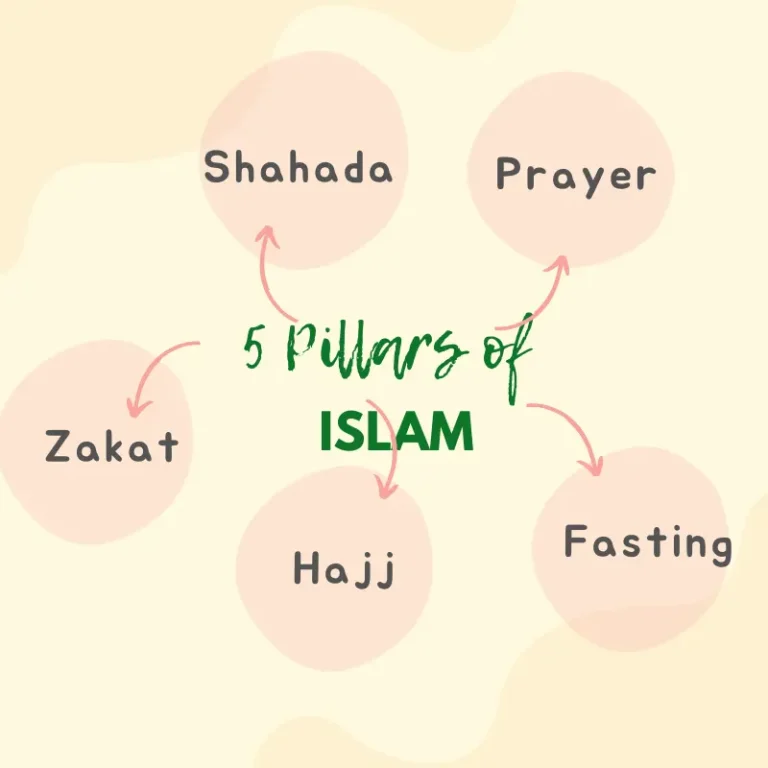Muharram ul Haram: A Sacred Month of Remembrance and Reflection
Muharram ul Haram holds significant importance for Muslims worldwide as it marks the beginning of the Islamic lunar calendar. This sacred month carries deep historical and religious significance, especially for the Shia community, who commemorate the martyrdom of Imam Hussein, the grandson of Prophet Muhammad (peace be upon him). In this article, we will delve into the traditions, rituals, and historical context surrounding Muharram ul Haram, shedding light on its importance and how it is observed by Muslims globally.
Historical Background
The Battle of Karbala
Muharram ul Haram derives its significance from the tragic events that unfolded during the Battle of Karbala in the year 680 AD. Imam Hussein, the grandson of Prophet Muhammad, along with his companions, faced immense hardship and martyrdom at the hands of the oppressive regime of Yazid. This event represents the struggle between truth and falsehood, justice and oppression.
Martyrdom of Imam Hussein
Imam Hussein’s refusal to pledge allegiance to Yazid and his unwavering commitment to principles of justice and righteousness led to his martyrdom. The events of Karbala became a defining moment in Islamic history, emphasizing the values of sacrifice, bravery, and standing up against tyranny.
Importance of Muharram
Religious Significance
Muharram holds great religious significance for Muslims. It serves as a time for reflection, remembrance, and reconnecting with one’s faith. The events of Karbala are a reminder of the sacrifices made by Imam Hussein and his companions to uphold the teachings of Islam.
Mourning and Remembrance
During this sacred month, Muslims mourn the martyrdom of Imam Hussein and express their grief through various rituals. The atmosphere is filled with a sense of solemnity as believers reflect on the tragic events and the lessons they offer.
Reflection and Spiritual Growth
Muharram ul Haram encourages introspection and spiritual growth. Muslims use this time to evaluate their lives, seek forgiveness, and make positive changes. The month serves as a reminder of mortality and the importance of leading a righteous life.
Observances and Rituals
Majlis and Juloos
Majlis refers to gatherings where religious scholars deliver sermons and narrate the events of Karbala. These gatherings are held in mosques and community centers, providing a platform for education, inspiration, and communal reflection. Juloos refers to processions where believers, often dressed in black, march through the streets to commemorate the martyrdom.
Azadari and Matam
Azadari, meaning mourning, involves acts of mourning and lamentation over the tragedy of Karbala. Matam, which translates to chest-beating, is a physical expression of grief and a symbolic representation of the pain felt by Imam Hussein’s followers. These practices are common among the Shia community during Muharram ul Haram.
Taziyah and Processions
Taziyah refers to replicas or symbolic structures representing the shrines of Imam Hussein and his companions. These structures, adorned with black banners and calligraphy, are carried in processions to honor the memory of the martyrs. The processions are accompanied by recitations of elegies and prayers.
The Message of Muharram ul Haram
Sacrifice and Devotion
The message of Muharram ul Haram revolves around sacrifice and devotion to one’s principles. Imam Hussein’s unwavering stance against injustice and oppression serves as an inspiration for Muslims to stand up for truth, even in the face of adversity.
Unity and Brotherhood
Muharram ul Haram promotes unity and brotherhood among Muslims. Regardless of sect or nationality, believers come together during this month to remember the tragedy of Karbala and reaffirm their commitment to the values of love, compassion, and justice.
Muharram Around the World
Muharram in Iraq and Iran
In Iraq and Iran, Muharram is observed on a grand scale. Cities like Karbala and Najaf witness millions of pilgrims who gather to pay their respects at the holy shrines of Imam Hussein and his companions. Processions, speeches, and communal meals are organized to honor their memory.
Muharram in South Asia
South Asian countries, including Pakistan, India, and Bangladesh, have a significant Shia population, and Muharram is observed with great reverence. Ashura processions, filled with mourners and adorned with banners and taziyahs, become the focal point of religious activities during this month.
Muharram in Western Countries
Muslims in Western countries also commemorate Muharram ul Haram, often adapting their observances to local contexts. Mosques and community centers organize educational programs, interfaith dialogues, and blood donation drives to raise awareness about the values represented by this sacred month.
Contemporary Challenges and Responses
Peaceful Commemorations
In some regions, Muharram processions have faced security concerns and challenges. However, communities have responded by collaborating with local authorities to ensure peaceful and secure commemorations. This collaborative effort aims to maintain the sanctity of the month while promoting safety and understanding.
Interfaith Dialogue and Understanding
Muharram ul Haram presents an opportunity for interfaith dialogue and understanding. Muslims engage in conversations with people of other faiths, sharing the historical significance of the month and fostering empathy and respect among diverse communities.
Conclusion
Muharram ul Haram stands as a sacred month of remembrance and reflection in the Islamic calendar. It serves as a reminder of the sacrifices made by Imam Hussein and his companions and encourages Muslims to uphold the values of justice, sacrifice, and unity. Through various rituals and observances, believers remember the tragedy of Karbala and find inspiration to lead meaningful and righteous lives.
What is the significance of Muharram ul Haram for Muslims?
Muharram ul Haram holds great religious and historical significance for Muslims, particularly the Shia community. It is a month of remembrance and reflection, focusing on the martyrdom of Imam Hussein.
How is Muharram ul Haram observed?
Muharram ul Haram is observed through rituals such as Majlis, Juloos, Azadari, Matam, and processions. These practices vary across different regions but generally involve mourning and commemoration.
Why is Imam Hussein’s martyrdom remembered during Muharram ul Haram?
Imam Hussein’s martyrdom represents the struggle for justice and righteousness. Remembering his sacrifice serves as a reminder to uphold these principles in one’s life.
Is Muharram ul Haraam only observed by the Shia community?
While Muharram ul Haram holds particular significance for the Shia community, it is observed by Muslims from different sects and backgrounds as a month of reflection and remembrance.
How can Muharram ul Haram contribute to interfaith understanding?
Muharram offers an opportunity for Muslims to engage in interfaith dialogue, sharing the historical context and significance of the month. This dialogue fosters empathy and understanding among diverse communities.








